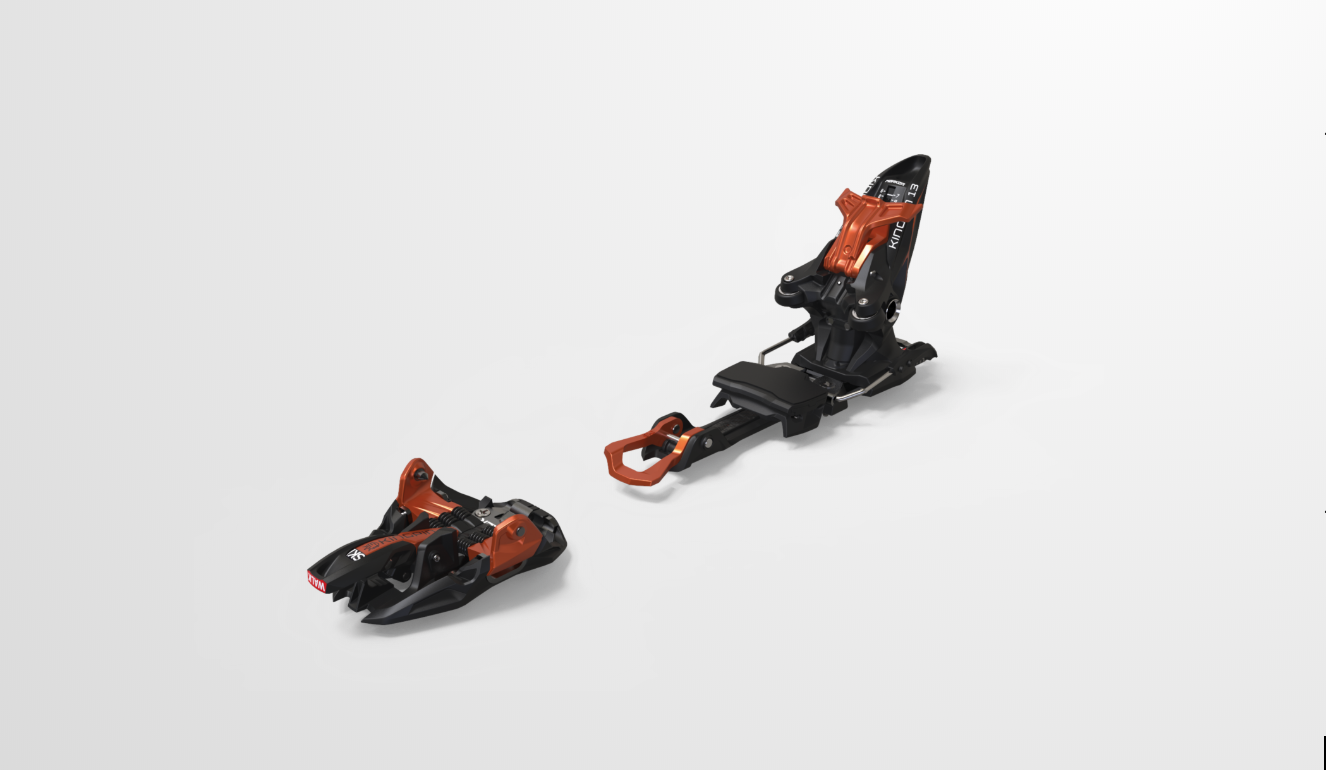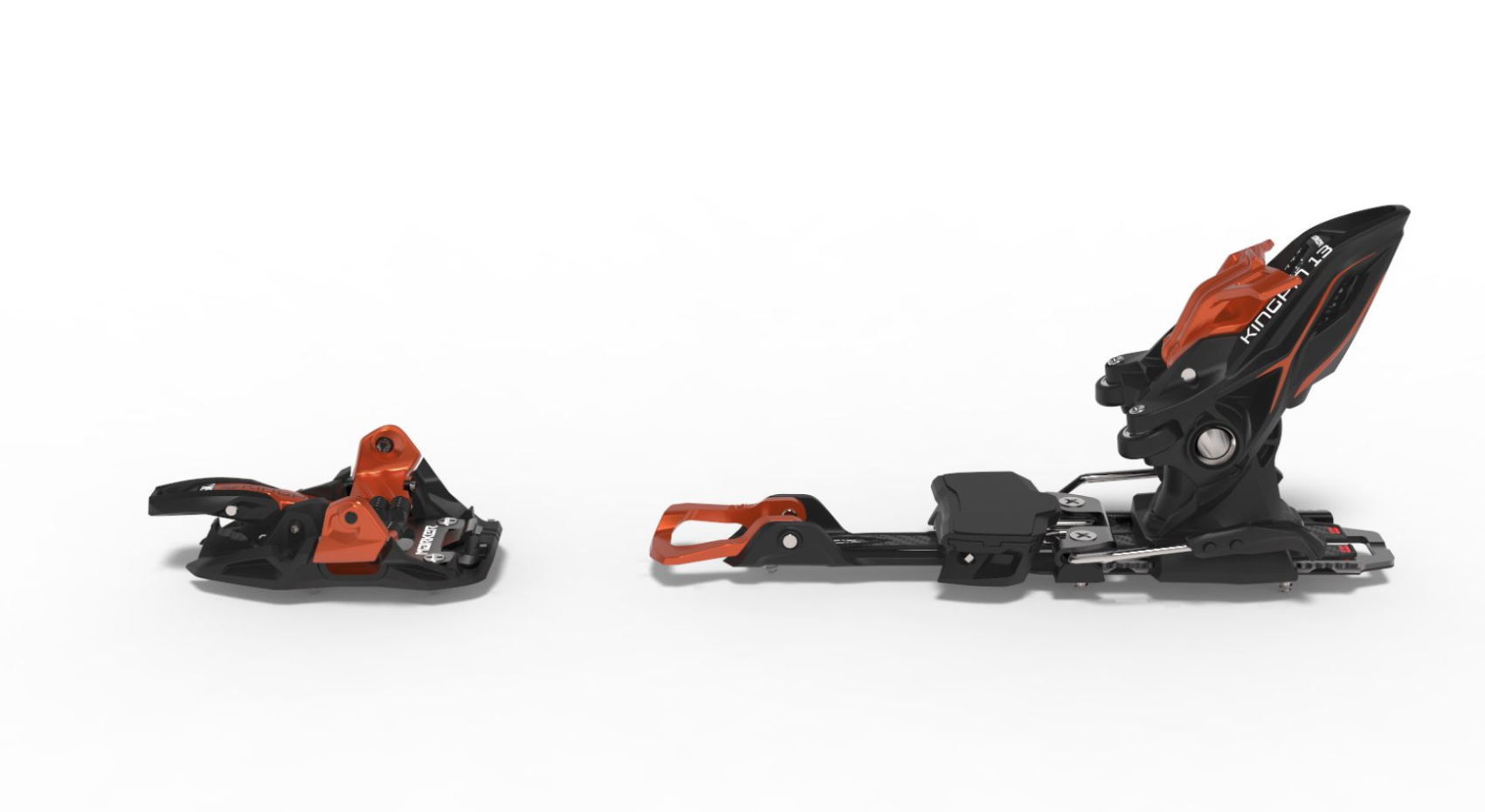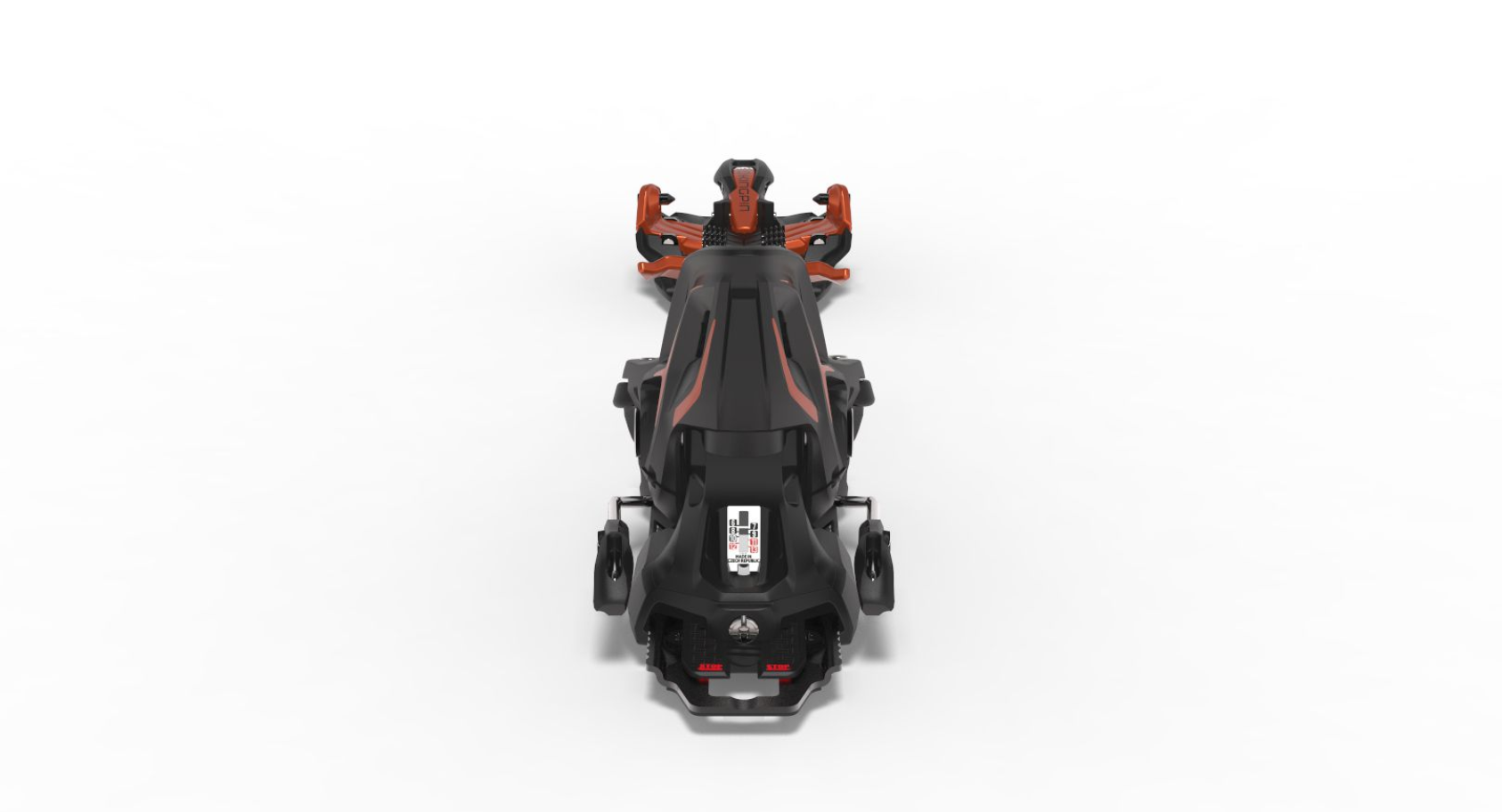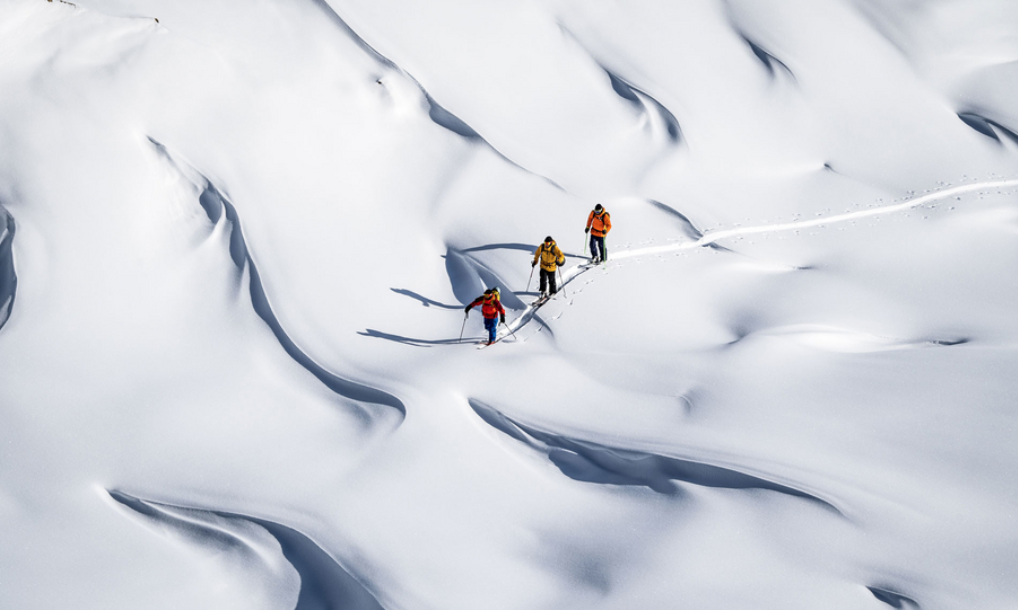
The 2020 Marker Kingpin does it all. It the no-brainer choice when it comes to picking one binding to bridge the gap between resort skiing and backcountry laps. It’s a durable binding meant to charge hard even on the most hardpack of days, yet will still bring stability and stoke when riding soft powder. I try to stay away from hardpack skiing but even when I find myself skiing terrain as such, I’m surprised how much the Kingpins can handle, and reliability is the name of the game with these suckers. After a while of skiing inbounds at a resort, you can forget that these are a touring binding! But don’t ask me, ask Lucas Swieykowski, professional skier, mountain guide, and Marker athlete.
“The Kingpin is my everyday go to binding, because of its easy touring, it’s durable and resistant for hard skiing. Great set up to make the most of your day up the mountain!” – Lucas
I would have to agree with Lucas. Another thing that satisfies me with these bindings is the weight. At 758 grams the Kingpins are LIGHT for a hybrid touring/alpine binding. The weight is a huge appeal, especially to someone like myself who doesn’t like lugging around extra weight if I don’t have to.

These things charge hard with a huge positive being the power transmission that is delivered by the spring-loaded heel unit on the bindings. This is a major improvement felt over the typical twin-pin tech heel connections, making it feel as stable as an alpine binding. With this feature, the Kingpins are built to charge and built to last, delivering trust in intense situations and longevity when it comes to wear and tear. The toe is also something I am a big fan of, as the PinTech design gives me the most direct possible connection to the ski, locking me in on the most critical of runs. They have 6 steel springs that capture energy when I’m skiing, while a lot of other pintech toe designs use only 4 springs, and the extra 2 go a long way. The DIN on the Marker Kingpins starts at 6 and goes up to 13. I like to keep mine at 9 or 10 which holds me for just about everything but when skiing ‘no-fall zones,’ I’ll crank those suckers all the way up.
A big thing that strikes me with these bindings is how easy they are to operate. They are relatively easy to step into but the real ease comes when making the switch from tour to ski mode. It’s a breeze going from ski to walk mode and vice versa, mostly due in part to the alpine heel piece and beefy toe. There are also 3 different climbing options of 0, 7, or 13 degrees providing the ability to get up a variety of terrain steepness, which are very easy to set. I’m not a guy who likes to fumble around with technology for longer than I have to, especially when I’m up above a fun looking line or in the backcountry where time is a critical factor, and for that, I like these bindings.

Marker made these bindings with their skiers in mind, offering a 3-year warranty on new bindings. I like this a lot as I have broken several bindings in the past outside of the usual 1 year warranty period. 3 years = 3 ski seasons where Marker’s got my back.
The bindings are one size fit all and boots with a tech toe fitting are required. For more info and details on purchasing, click here.
SPECS:
Type: Tech
Weight: 758 grams
Ability level: Advanced/Expert
DIN: 6-13
Boot sole type: Tech
Warranty: 3 years

I fell skiing downhill and the toe did not release. My tibia is in 6 parts and my fibula in 4. I will never use going downhill again